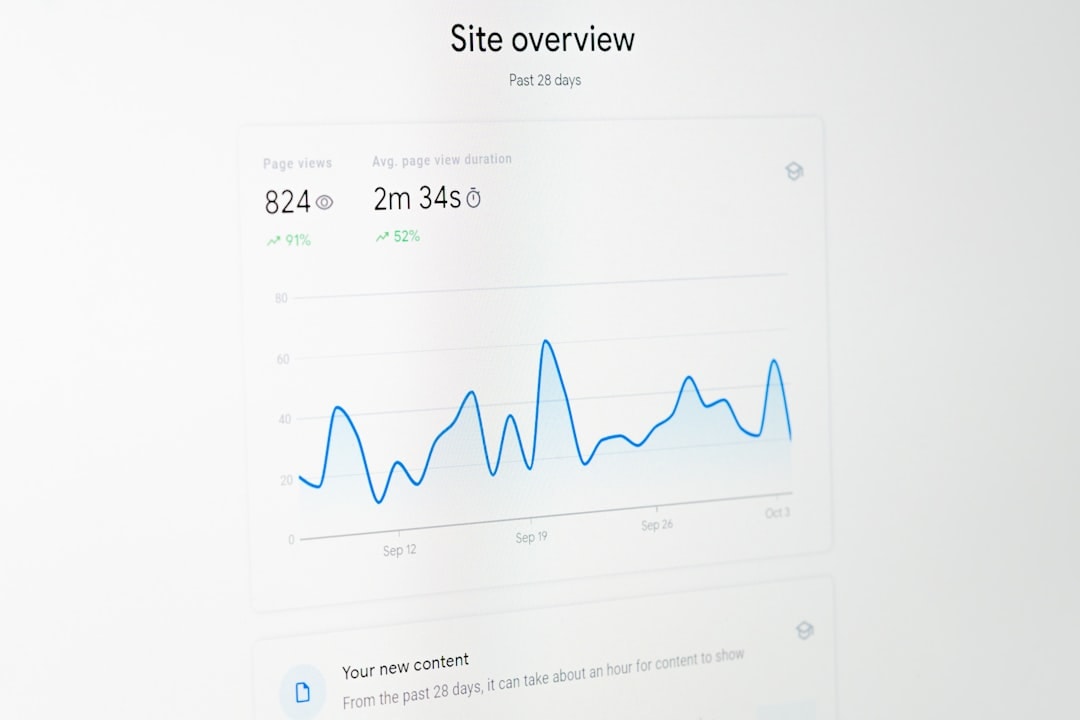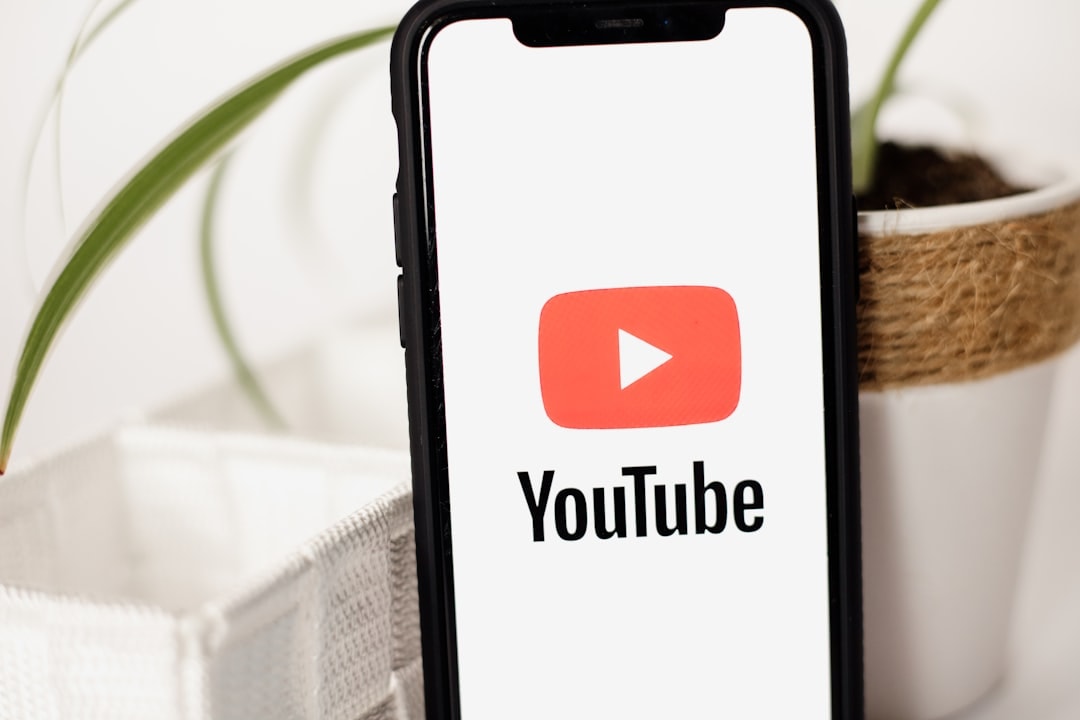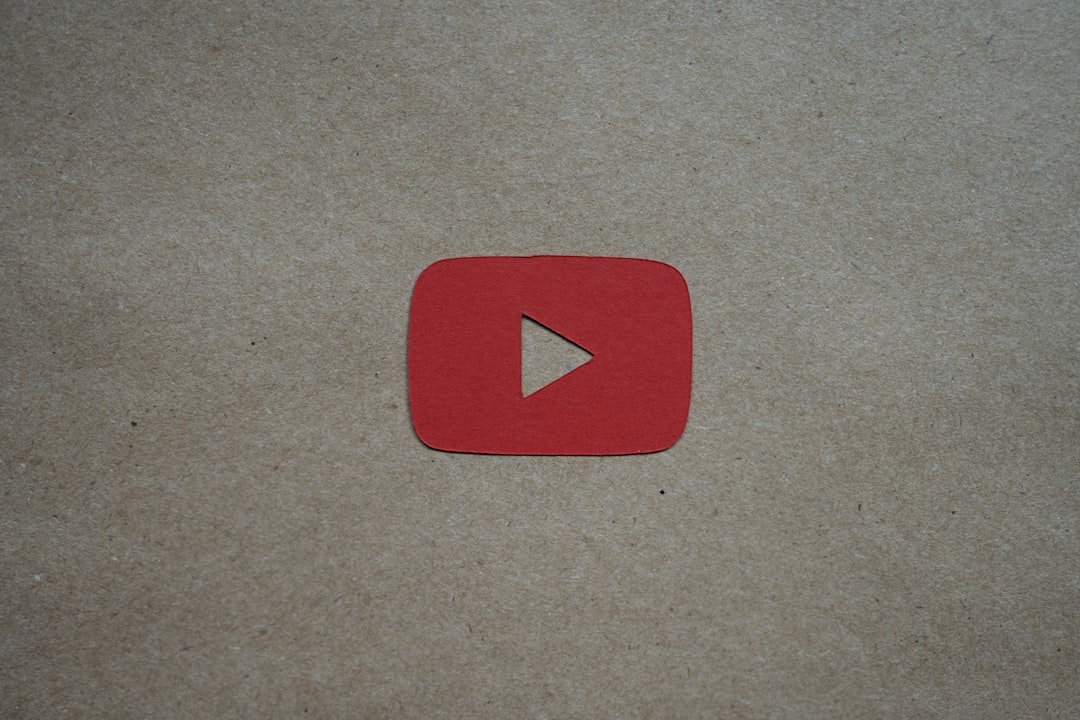If you’re a content creator on YouTube aiming to generate income from your videos, ensuring that your channel meets the platform’s monetization standards is crucial. Monetization not only validates your content’s value but also opens up new paths for growth and exposure. YouTube has clearly defined requirements you must meet before you can activate ads, memberships, and Super Chats—features that can substantially boost your revenue. In this guide, we’ll walk you through every step to determine whether your channel qualifies for monetization and what to do if you’re not quite there yet.
Understanding YouTube’s Monetization Policies
Before diving into the technical criteria, it’s important to understand that YouTube holds all applicants to high content and behavioral standards. YouTube channels must comply with the platform’s monetization policies, which are a combination of:
- YouTube’s Community Guidelines
- Terms of Service
- Copyright rules
- Google AdSense policies
If your content includes reused media or violates any of the above rules, it’s likely you’ll be disqualified, even if you meet the viewership or subscriber benchmarks. So maintaining original, value-added, and compliant content is your first step.
Step-by-Step Guide to Check Monetization Eligibility
1. Sign in to YouTube Studio
To evaluate your monetization status, you’ll need to access your YouTube Studio. Here’s how:
- Login to your YouTube account.
- Click on your profile icon at the top right corner.
- Select YouTube Studio from the dropdown menu.

2. Go to the Monetization Tab
Once in YouTube Studio, navigate to the left sidebar and click on the “Monetization” tab. This page will show whether or not your channel is currently eligible to apply for the YouTube Partner Program (YPP), and it will also track your progress toward the thresholds.
3. Check Subscriber and Watch Hour Requirements
To be eligible for monetization under the YouTube Partner Program, you must meet the following minimum thresholds:
- At least 1,000 subscribers
- 4,000 valid public watch hours in the last 12 months
Alternatively, instead of 4,000 watch hours, you can qualify with:
- 10 million valid public Shorts views in the last 90 days (if your content strategy focuses on Shorts)
YouTube Studio displays your current subscriber count and watch hours to help you track your progress toward these goals.
Additional Requirements to Qualify for Monetization
Even if your watch time and subscriber counts are on target, there are still other conditions you must meet:
- You must live in a country or region where the YouTube Partner Program is available.
- You must have a linked Google AdSense account. This is where you’ll receive your earnings.
- You need to have two-step verification turned on for your Google account for increased security.

Content and Behavior Standards
Meeting numerical thresholds is not all that matters. YouTube uses human reviewers and automated systems to assess whether your content adheres to their policies. Here are key areas that often cause issues:
Reused and Repurposed Content
Channels that merely reupload content from other creators (even with minor edits) are often denied monetization. To avoid this:
- Add your own commentary or educational value.
- Ensure there’s significant transformation in the content you’re using.
Originality and Value
Even if you’re using royalty-free or stock content, make sure your videos bring new insight, teaching, or storytelling to the table. YouTube wants to promote creators who deliver unique perspectives and content experiences.
Engagement and Activity
A channel with signs of artificial engagement—like fake views or purchased subscribers—can result in suspension or denial. Always grow your channel organically by uploading consistently and interacting authentically with your community.
How Long Does It Take to Be Approved?
Once your channel meets the subscriber and watch hour requirements and you’ve applied to the YouTube Partner Program, YouTube typically takes about one month to review your application. If your content flagging history is clean and your channel is active, you might be approved faster.
If you’re denied, YouTube will tell you why, and you can reapply after 30 days—provided you’ve addressed the cited issues.
Tips to Stay Compliant with Monetization Rules
Here are some best practices to ensure your channel remains eligible for monetization:
- Stay updated: YouTube’s policies evolve. Make it a habit to review them regularly.
- Use copyright-safe content: Always have the rights to any music, images, or video clips you include.
- Enable community moderation: Remove offensive comments or spam that can cause your channel to be flagged.
- Aim for consistent quality: Higher-quality content typically results in better retention and more ad revenue.
Remember, YouTube rewards creators who prioritize user experience, originality, and platform integrity. These values align not only with monetization, but with long-term growth strategies as well.
Exploring Beyond Ads: Other Monetization Options
Once you’ve been accepted into the YouTube Partner Program, monetization doesn’t stop at just ad revenue. Several other features become available:
- Channel Memberships: Offer exclusive perks to subscribers for a monthly fee.
- Super Chat and Super Stickers: Allow fans to pay to have their messages highlighted during livestreams.
- Merch Shelf: Sell your branded merchandise directly beneath your videos.

Frequently Asked Questions (FAQ)
What happens if I fall below the requirements after approval?
YouTube occasionally reviews channels even after approval. If a channel shows prolonged inactivity or significant drops in metrics like watch time or subscriber count, it may lose monetization privileges.
Can I get monetized with Shorts only?
Yes. With the introduction of Shorts Fund and the 10 million Shorts views route, creators who specialize in short-form content can also qualify, provided the content is original and engaging.
Do private or unlisted videos count toward watch hours?
No. Only public videos count toward the 4,000-hour requirement.
Conclusion
Reaching monetization standards on YouTube involves more than just hitting numbers—it requires consistency, originality, and a deep understanding of platform policies. By regularly checking your channel’s health in YouTube Studio, optimizing your content strategies, and following best practices for compliance, you’ll place yourself in an excellent position to join the YouTube Partner Program.
Remember, monetization is a milestone, not a destination. Keep evolving and creating content that provides value to your audience, and success will follow.

